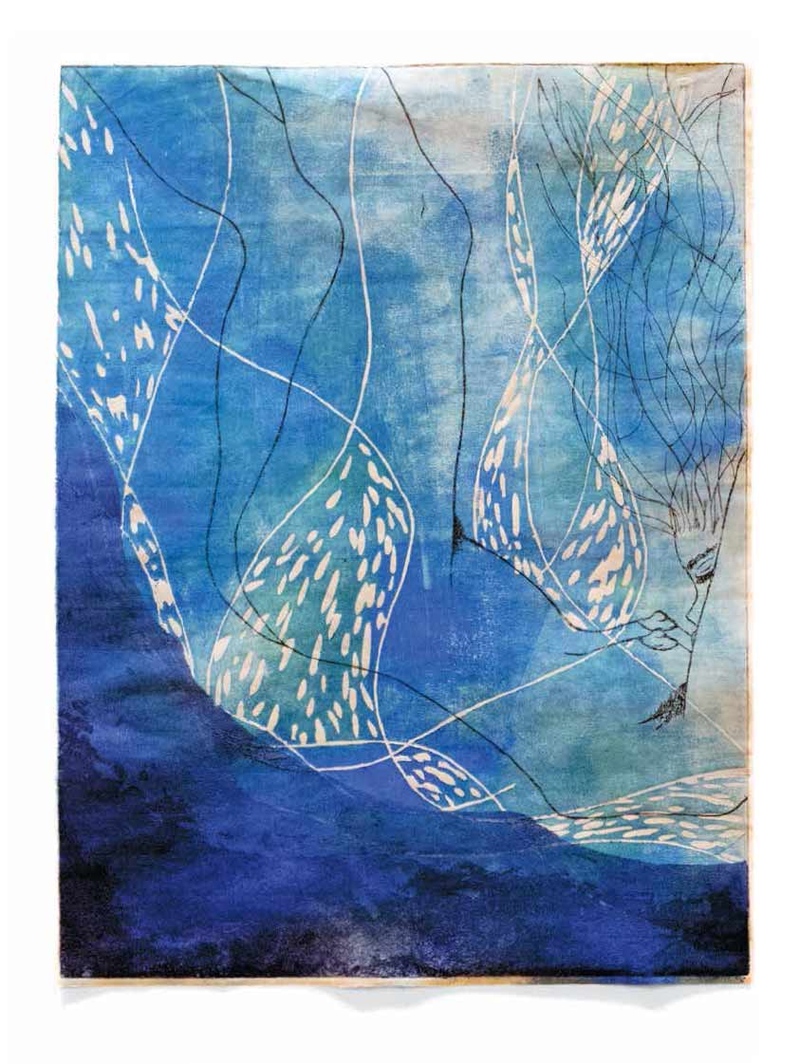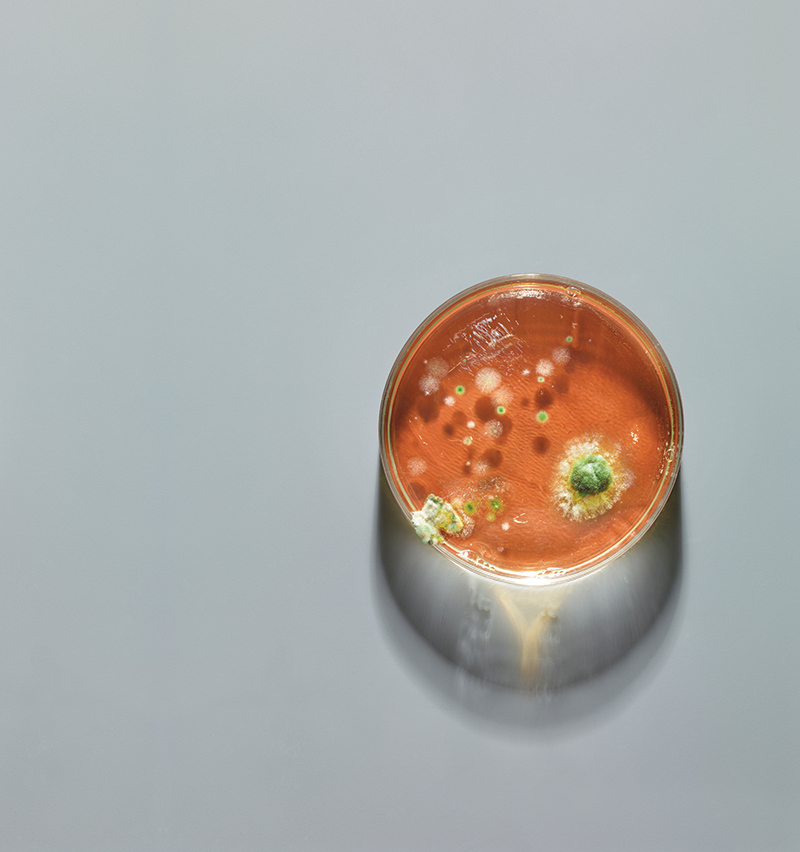
A World without Twitter
Evan Williams, Noah Glass, and Jack Dorsey assumed they would change the world. They just figured it would be through podcasting. The entrepreneurs were working on a podcasting platform called Odeo before discovering that Steve Jobs had beat them to the punch. As their startup foundered, Dorsey mentioned a little side project that Glass later dubbed “Twttr.”
They thought it would be a cool way for friends to stay in touch. It’s turned out, however, to be one of the world’s best ways to get a scoop, fuel a revolution, and help David trounce Goliath.
CNN used to be the news junkie’s media of choice, says Denison’s Director of Digital Strategy and Development Scott Tribble, but today that title is held by Twitter. “You’ll never beat Twitter,” says Tribble. “When the Boston Marathon bombing happened, for example, that’s where the earliest images were coming out. And during the manhunt and the city lockdown, people were retweeting the Boston Police Department’s messages. It wasn’t just a way to share news; it was a way that people could feel like, in a small way, they were helping out.” During 2012’s Arab Spring, Twitter was integral to organizing and publicizing the transformative uprisings.
Twitter is making a difference on an individual scale, too: Customers send their complaints to Twitter publicly and get lightning-quick responses from corporate headquarters, not radio silence. From Nike to JetBlue to Comcast, companies are taking better care of their customers so they don’t suffer real consequences from the digital crowd. “In a sense,” says Tribble, “the whole world is listening.”

A World without Antibiotics
It’s no understatement to suggest that penicillin changed the course of history, says Associate Professor of Biology Chris Weingart. Among other things, the world’s first antibiotic helped curb mortality rates after childbirth and made revolutionary medical procedures, like organ transplants, possible.
But penicillin’s development was anything but intentional. When the notoriously sloppy scientist Alexander Fleming left a bacteria-laden Petri dish out during a vacation, he returned to find a mold that prevented the dangerous Staphylococcus culture from growing. He thought that perhaps he had stumbled upon a topical antiseptic; ultimately, he’d developed a medicine that saved lives and earned him a Nobel prize. “I tell every microbiology class about the importance of not throwing away unexpected results,” Weingart says. “That doesn’t mean an experiment didn’t work. It sometimes means there’s something else going on.”

A World without Mauve
Teenage chemistry phenom William Henry Perkin had been trying to synthesize artificial quinine in the mid-1850s, but the results of his experiments were failures—strangely beautiful, violet-hued ones. He could have restarted his original experiments, but instead, he dug into the strange residue he had created and ended up developing the first synthetic dye.
Perkin’s accidental discovery led to a defining moment in the world of fashion as mauve dresses and other articles began to make colorful splashes in otherwise dull-hued wardrobes. But his work helped launch a much broader movement to create other chemical colors, including vibrant reds and greens, that made their way into the fashion world, and later into the hands of artists who had typically used paints created from roots, leaves, and insects. “The chemical production of paint, colors, pigments—it just totally revolutionized the art world,” says Joy Sperling, professor of art history and visual culture.
The color blue, for example, once almost nonexistent in paintings because of its high cost, became accessible to more artists. Pale reds and yellows got bolder, almost radiant. Artists and their patrons couldn’t get enough. “If you look at art toward the end of the 19th century, you’ll see art getting much stronger, much brighter,” says Sperling. And the beginning of the 20th heralded the dazzlingly vivid work of Matisse and other Fauvist artists.
Good or bad, chemical colors transformed our visual world, says Sperling. A world in which mauve had never been created, in other words, would be very dull, indeed.
A World without Pavlov's Dogs
What Russian psychologist Ivan Pavlov wanted to do was to describe the physiology of digestion. But the dogs he was studying started drooling long before they got their food, and that response was mucking up his data. He and his researchers worried that they’d botched the experiments. Were the dogs smelling something before the food arrived? Were the researchers bringing in food particles on their clothes? Was there something wrong with the dogs themselves?
But Pavlov’s experiments hadn’t failed. He and his researchers just initially failed to understand that they had discovered classical conditioning. After years of study, they determined that a conditioned stimulus (ringing a bell) could link up in the dogs’ minds to an unconditioned stimulus (food). The work has led to a profound understanding of—and new treatments for—anxiety disorders, fear, and addiction.
What would the world look like if Pavlov had never had that crucial insight? About the same, says Associate Professor of Psychology Cody Brooks. “Right around the same time, a graduate student at Harvard, Edwin Twitmyer, was studying the knee jerk reflex, which works in a very similar way to the salivary reflex,” he says. In other words, we might not have had Pavlov’s dogs. But we would have had Twitmyer’s knees. Even so, Pavlov’s mistake earned him the fame.

A World without Pavlov's Dogs
What Russian psychologist Ivan Pavlov wanted to do was to describe the physiology of digestion. But the dogs he was studying started drooling long before they got their food, and that response was mucking up his data. He and his researchers worried that they’d botched the experiments. Were the dogs smelling something before the food arrived? Were the researchers bringing in food particles on their clothes? Was there something wrong with the dogs themselves?
But Pavlov’s experiments hadn’t failed. He and his researchers just initially failed to understand that they had discovered classical conditioning. After years of study, they determined that a conditioned stimulus (ringing a bell) could link up in the dogs’ minds to an unconditioned stimulus (food). The work has led to a profound understanding of—and new treatments for—anxiety disorders, fear, and addiction.
What would the world look like if Pavlov had never had that crucial insight? About the same, says Associate Professor of Psychology Cody Brooks. “Right around the same time, a graduate student at Harvard, Edwin Twitmyer, was studying the knee jerk reflex, which works in a very similar way to the salivary reflex,” he says. In other words, we might not have had Pavlov’s dogs. But we would have had Twitmyer’s knees. Even so, Pavlov’s mistake earned him the fame.
A World without Cracks
Until the late 1950s, we had only the foggiest of ideas about how our brains turn the information from our eyes into images. To find out more, researchers David Hubel and Torsten Wiesel loaded a cat with electrodes and showed it slides of everything from brightly colored spots to images of people. Nothing made a single neuron in the cat’s brain fire until they put a cracked slide into the projector. The line of the crack—rather than the small dot they’d intended as the stimulus—set the cat’s neurons firing. It turns out that (among other things) we see the world around us in terms of edges and orientations, not single points. That crack was a kind of “edge” that sparked further study. Single neurons detect very specific features of an image, which are quickly assembled in the brain to produce a meaningful image. If the scientists had worked with a perfectly maintained set of slides, the discovery might have taken years longer, or never happened at all.
That insight helped the pair snare a Nobel prize— and launched a whole new area of scientific inquiry, says Nestor Matthews, associate professor of psychology and neuroscience. For example, we now have robots that can “see” in sophisticated ways by exploiting the idea that the world can be understood through a series of edges and orientations. “If we had another tragedy like September 11, we might need to send in a robot to scour the space to find bodies,” says Matthews. “That robot can make sense out of the visual world, thanks to the basic principles of Hubel and Wiesel’s research.”
Minneapolis writer Erin Peterson’s failures include scoring a basket for her opponents during a junior high basketball game and writing limericks in the space designated for “showing her work” on geometry tests. She likes to think of her many failures as storytelling opportunities.

